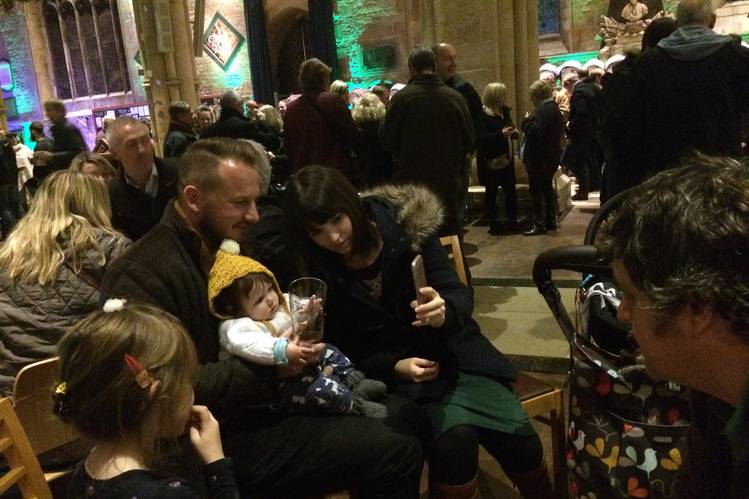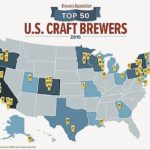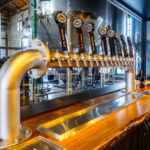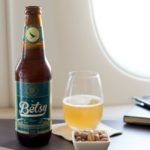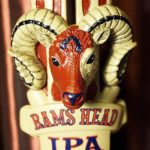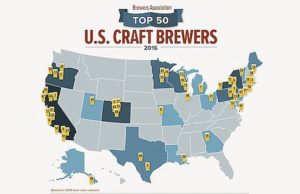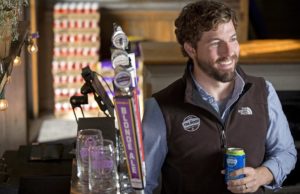Come to Church! There’s Beer
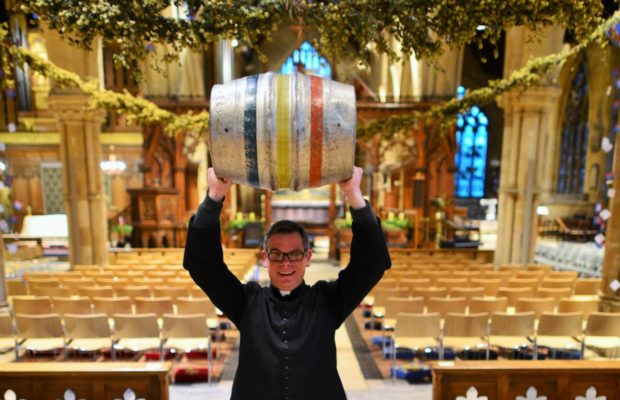
GRANTHAM, England—“A half a Revelation, please.” The Rev. Stuart Cradduck allowed the theological implications of the request to hang in the air for a moment.
“Why settle for half when you could have a full revelation?” Mr. Cradduck answered.
Then he turned to the bank of wooden kegs under the stained-glass windows to fill the beer-lover’s order.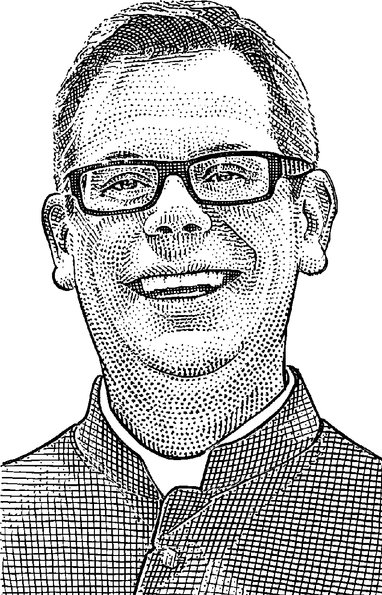
It was the last Saturday in November and Mr. Cradduck, the rector of St. Wulfram’s Church in this Midlands town, was serving behind an improvised bar in the church, dressed in a black cassock and clerical collar. With events like the “Land of Hops and Glory” beer festival, Mr. Cradduck and other Anglican modernizers are trying to make their churches hubs of increasingly secular communities.
For a Christmas-tree festival last year, Mr. Cradduck had an ice-skating rink installed inside St. Wulfram’s and, next year, he will put in a ski slope for toboggan runs in the 15,000-square-foot space. While many congregants love the new spirit of fun, some traditionalists question what they see as the incursion of the profane upon the sacred.
“I believe the church is about—and Christianity is about—inclusivity and welcoming people,” Mr. Cradduck said. “This building is over 1,000 years old. The bricks are soaked in prayer but actually, they’re also soaked in people’s joy and sadness and in the community. This was always a place that was the center of the community.”
During the three-day beer festival an estimated 2,000 people soaked the bricks with beer fumes. The bustle and mirth of the bar area could have been mistaken for that of a tavern, were it not for the grandeur of the stone Gothic arches, blue-painted sanctuary ceiling and intricately carved wood on all sides.
Some people stood with their heads lowered solemnly in pamphlets, like the devout at Sunday service. Rather than hymn sheets, however, they were poring over the 50-plus beverages on the craft beer list.
Dark ales included Black Mass (alcohol content: 6.66%; Mr. Cradduck’s take: “Sorry, I don’t do those”) and Black Jesus. Sinners could ask for Absolution (“mid-straw coloured beer with aromas of tropical fruit and mangoes,” according to the list), or even Salvation (which came with promise of an eternal “crisp clean bitterness on the finish”).
Many of the beers were existing products from craft breweries around England sourced by enthusiasts from the Campaign for Real Ale, who helped put on the festival. A couple were made to order, including Father Stuart ale, named for the rector.
Mr. Cradduck, 42 years old, wasn’t in it for the beer. Not a beer drinker, he limited himself to one of the ciders on offer.
Nor was the festival designed “to get extra bums on seats,” said Mr. Cradduck.
First and foremost he aimed to change the perception of St. Wulfram’s as an “austere, frightening building.”
The Church of England has dealt with dwindling attendance for decades. In the 10 years up to last year, attendance has fallen by 10% to 15%, according to an October 2016 estimate from the denomination. About 960,000, or less than 2% of the roughly 55 million people living in England, attended weekly services in the nation’s established church in 2015, according to the survey.
Yet spires like the 283-foot specimen at St. Wulfram’s still tower over villages and towns throughout England—as magisterial a presence as they were when Henry VIII had himself declared head of the church in 1534. The official history of St. Wulfram’s quotes British architectural historian John Summerson saying that residents of places like Grantham still cherish the churches as symbols of their towns, even if they never enter.
“The question is, nowadays, what can we do with it?” said Brian Stagg, a lay minister at St. Wulfram’s. Mr. Stagg noted that the church in Grantham was used for worldly purposes such as markets as far back as the 13th century.
There is a pragmatic sense among the parish authorities that filling the church with people, regardless of their faith, is far preferable to leaving the sublime building empty.
As with many questions of British history and religion, there are dissenters to this view.
In recent years, the Anglican church and its Episcopalian affiliates have experienced a near schism between liberal and conservative wings over the issue of gay rights. Mr. Cradduck said his creed of inclusiveness was shaped, in part, by his work with Jeffrey John, the dean of St. Albans cathedral, who is openly gay. For some traditionalists, the church’s departure from bake sales and flower shows has been deemed inappropriate.
“I don’t believe in it,” said Patricia Short, 73, who was married in St. Wulfram’s almost 50 years ago. “I think church is for praying in, i’n’t it?”
“With those sorts of names on the beers, you’d be getting into territory that is crossing the line into something that is anti-Christian or not compatible with your message,” said Rev. Andrew Symes, an Oxford-based Anglican priest who writes for the Anglican Mainstream blog.
Mr. Cradduck pointed to the long tradition of beer brewing and imbibing among holy Christian orders and said he didn’t select the beverages himself.
“The ice skating was wonderful…but I’m not as fond of the beer festival personally,” said Harry Green, 82, who was giving out hymn sheets at a recent service. “Especially as we just had a service delivered against alcoholism.”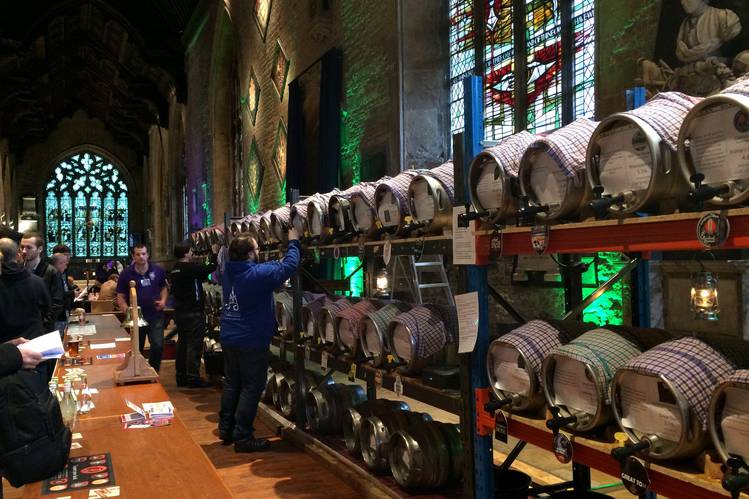
Others embraced the idea.
“I think the church is for seven days a week, not just one day,” said Keith Streets, 64, who was “christened, confirmed and married” in St. Wulfram’s.
Mr. Cradduck intends to put on another beer festival next year. Also in the works for the aisles are an ’80s-night dance party, the toboggan run and a “what’s-it-called…with BMX halfpipes and that sort of stuff…ah, yes, a skate park.”
The beer festival lived up to the rector’s ecumenical ideals. At a table by the sanctuary’s carved screen, porter puritans sat with practitioners of what might be called the “chocolate-flavoring heresy.” Nearby, a cherubic infant gripped either side of her dad’s pint glass.
A group of Grantham residents including James MacDonald made inquiries at the door. Were children allowed in? Dogs? Word was soon sent back from the vicar: All were welcome.

